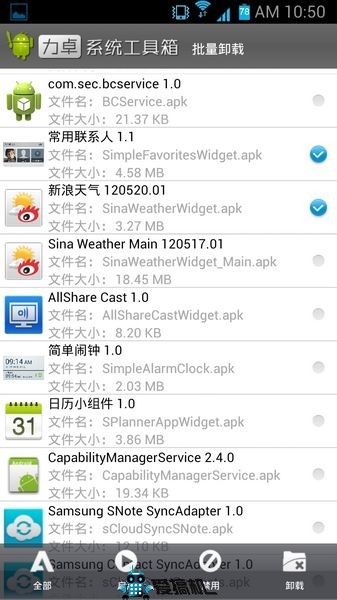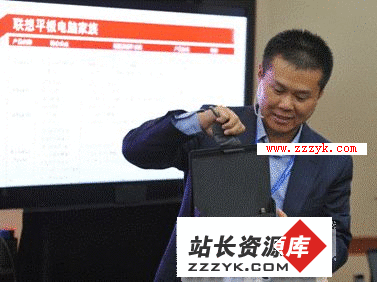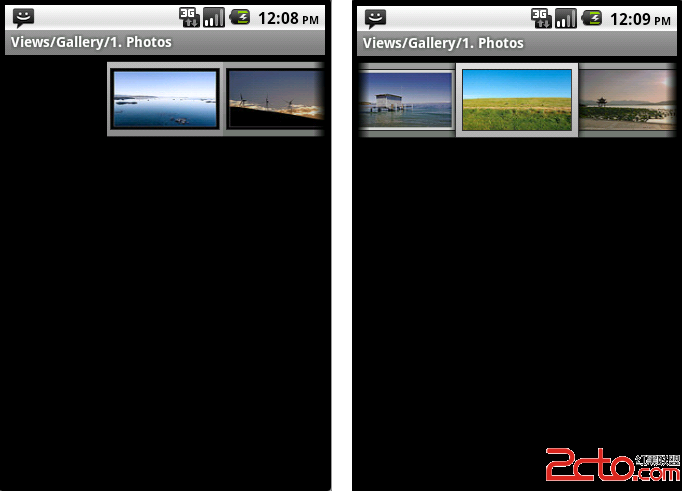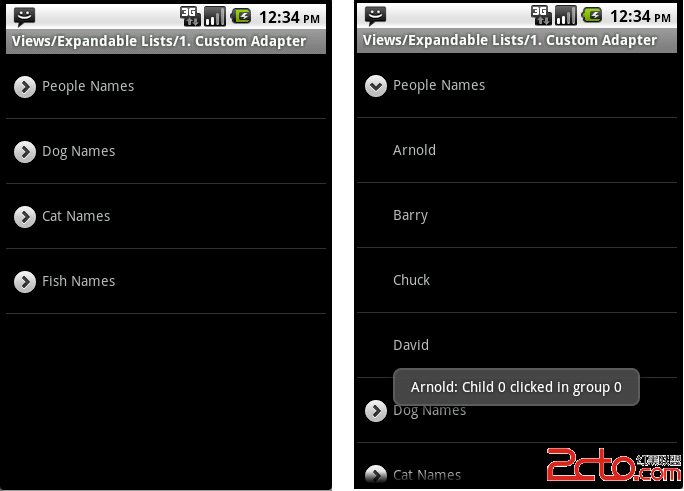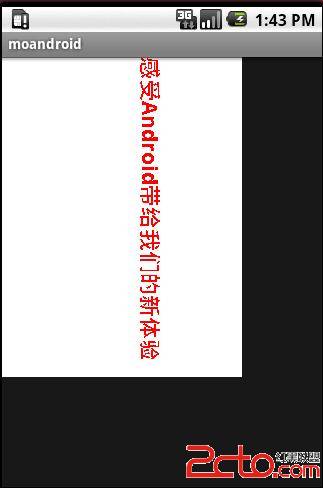Setting Up the Loader 设置装载机
You create a CursorLoader within a loader framework. To set up the framework, you implement theLoaderCallbacks<Cursor> as part of an Activity. In addition, to provide compatibility compatible with platform versions starting with Android 1.6, you must extend theActivity with the FragmentActivity class. http://blog.csdn.net/sergeycao
Note: A Fragment is not a prerequisite forCursorLoader. As a convenience, the support library classFragmentActivity contains the fragment and the loader frameworks, but they are completely independent of each other.
Before you can use the loader framework, you need to initialize it. To do this, retrieve aLoaderManager object and call its initLoader() method.
If you do use one or more Fragment objects in an Activity, the LoaderManager you retrieve is available to all of them.
Extend an Activity
To set up an Activity subclass to contain a CursorLoader, extend the subclass with must extend FragmentActivity, which provides the loader framework, and implement theLoaderCallbacks<Cursor> inte易做图ce, which specifies method signatures that the loader framework uses to interact with theActivity.
For example:
public class DisplayActivity extends FragmentActivity
implements LoaderManager.LoaderCallbacks<Cursor>
Retrieve a LoaderManager
To get an instance LoaderManager for use in your Activity, call FragmentActivity.getSupportLoaderManager() at the beginning of theonCreate() method. For example:
private LoaderManager mLoaderManager;
public void onCreate() {
...
mLoaderManager = this.getSupportLoaderManager();
Initialize the Loader Framework
Once you have the LoaderManager object, initialize it by callinginitLoader(). For example:
// CursorLoader instance identifier
public static final int URL_LOADER = 0;
...
// Initializes the CursorLoader
getSupportLoaderManager().initLoader(URL_LOADER, null, this);
补充:移动开发 , Android ,